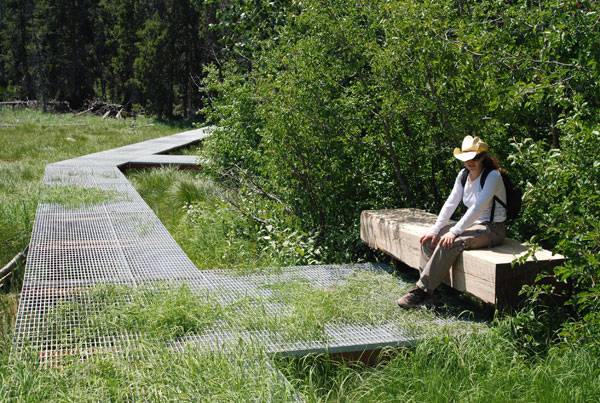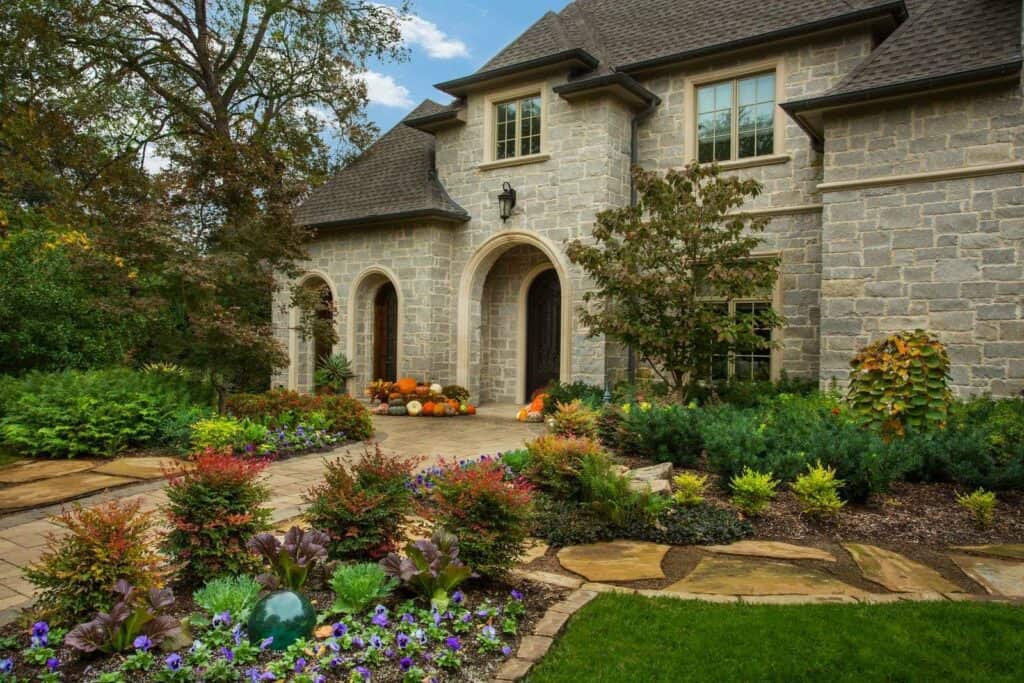Landscape Design for Beginners
Table of Contents8 Easy Facts About Landscape Design DescribedTop Guidelines Of Landscape DesignOur Landscape Design StatementsWhat Does Landscape Design Mean?
When making a property landscape, one of the most essential action is to place an intend on paper. Establishing a master strategy will save you money and time and is most likely to lead to an effective layout. A master plan is developed via the 'style procedure': a step-by-step technique that considers the environmental problems, your needs, and the aspects and concepts of style.The 5 steps of the style procedure consist of: 1) conducting a website stock and evaluation, 2) identifying your needs, 3) creating functional diagrams, 4) creating conceptual design plans, and 5) drawing a last layout strategy. The very first 3 actions develop the visual, practical, and gardening demands for the layout. The last two actions then apply those demands to the creation of the final landscape strategy.
This is a critical step for both plant option and placement and locating household activities and features. It is essential because the very same climate conditions that influence the plantstemperature, moisture, rain, wind, and sunlightalso impact you, the user. The following step is to make a listing of your requirements and desiresthis helps you identify just how your yard and landscape will be utilized.
The useful layout is then used to find the task areas on the website and from this diagram a conceptual plan is established. The last action is a last layout that includes all the hardscape and planting details that are essential for setup. Throughout the layout procedure there are 10 vital things to think about: for plant option and task location by considering what you want and require to aid determine shapes and organize areas by assigning task locations and linking with elements for both the environment and the user by utilizing massing and layering techniques such as transition areas and centerpieces in the materials, the shades, and the surface area textures for the development and maintenance of plants by making use of sustainable style techniques A complete inventory and evaluation of the site is essential to determine the environmental problems for plant development and the very best usage of the site.
The 9-Minute Rule for Landscape Design
The sort of soil determines the nutrients and dampness available to the plants. It is always best to make use of plants that will thrive in the existing dirt. Although dirt can be changed, amendment is typically expensive and many times inadequate. Existing vegetation can provide clues to the dirt type. Where plants grow well, note the dirt problems and use plants with comparable growing requirements.

Sun/shade patterns, the quantity and length of direct exposure to sunlight or shade (Figure 1), develop microclimates (occasionally called microhabitats) - Landscape Design. Recording site problems and existing vegetation on a base map see page will certainly disclose the location of microclimates in the lawn. Plants typically fall under a couple of of four microclimate categories-full sunlight, partial color, shade, and deep shade
Landscape Design Can Be Fun For Everyone
Number 1. Sunlight and color patterns. Credit: Gail Hansen, UF/IFAS It is important to keep in mind all the status quo on an exact base map when doing the website stock (Figure 2). Utilities such as power lines, septic systems, underground utilities and roofing system overhangs figure out plant place. link Utilize a land surveyor's plat of your building for the boundaries and place of your home.


Budget concerns consist of the materials, initial installment prices and the on-going upkeep expenses. Establish the time and money you want to take into keeping the plants and hardscape-be practical about your purposes and capability. Number 3. Current usage areas. Credit Rating: Gail Hansen, UF/IFAS Figure 4. Recommended use locations. Credit Report: Gail Hansen, UF/IFAS There are various landscape style styles- from easy to facility, however it is useful to choose one to assist your plant and product option.
Many individuals locate it useful to look in gardening publications and publications for ideas. This is an excellent start, yet realize that the gardens in the images were chosen due to the fact that they are superior examples. Take a look at the pictures with a crucial eye to collect concepts that you can adjust to your passion level, your budget plan and your website.
Determine if you wish to open your lawn, shut your backyard, or a little of both, to these sights (Landscape Design). In various other words, do you desire the garden to enclose the area around you and associate mostly to your home, or do you want the garden to open views and look external, connecting to the surroundings? This will give you a beginning indicate believe regarding look at more info a style
Some Known Details About Landscape Design
This is called "sense of place", which indicates it fits with the environments. There are both kind styles and design themes. Every garden needs to have a type style, but not all yards have a design motif. Lots of property gardens have no particular style other than to blend with the home by duplicating details from the architecture such as materials, shade, and kind.
In a kind style the organization and shape of the spaces in the yard is based either on the shape of your house, the shape of the areas in between your home and the residential or commercial property borders, or a favored shape of the house owner. The form motif figures out the shape and company (the layout) of the areas and the web links in between them.
